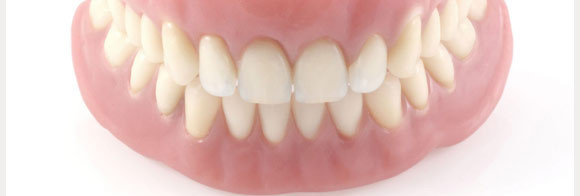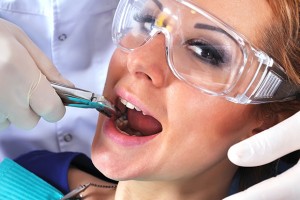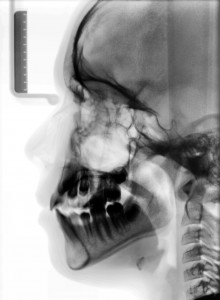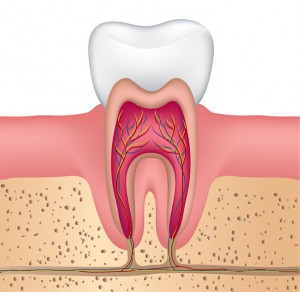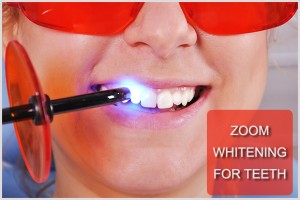Extraction Procedures
When you were a kid, losing your tooth was something to be excited about, perhaps achieved by tooth (Baby Teeth | Oral Hygiene) jiggling, biting into a piece of bread or an apple, or tying a string around the tooth and giving it a tug. As an adult, tooth loss (Discuss Tooth Implants With Your Santa Monica Dentist) or extraction are hardly causes for celebration, however sometimes there are no choices but to pull a tooth which is also known as an Extraction Procedure.
Causes For Extraction Procedures
Although permanent teeth are meant to last for our entire life, there are times that they can’t be saved. The most common reason for loosing a tooth or an extraction procedure is having great amount of decay (Understanding the Connection Between Sugar and Tooth Decay) or as a result of accident to trauma.
There are other reasons such as:
- Not having enough space for all teeth to fit in your jaw. Sometimes as a result of orthodontics, the extraction is necessary to remove a tooth so the others can be align (Teeth Bonding) properly. There are some of us that have smaller than average mouth and all 32 teeth can not fit in our jaws.
-
Infection: If the cavity (Cavity Treatment and Prevention) gets big enough to reaches the pulp of the tooth, the bacteria (Floss | Flossing Benefits) in the cavity can get into the bloodstream through the blood vessel inside the tooth pulp. In most of the cases by doing root canal (Root Canal Treatment | Endodontics Therapy), the infection inside the pulp can be removed and antibiotics (Top Dental Emergency Tips) will cure the issue but in some cases that the infection is severe or root canal is not indicated, extraction of the tooth would be the only choice remaining.
- High risk of infection: In people that the immune system is compromise perhaps as a result of chemotherapy (Chemotherapy Wiki Page) or diseases such as AIDS, or an organ transplant the infection in a tooth be a risk to general health of the patient and extraction would be a safer treatment.
- Periodontal (gum) disease. In cases where the gum disease (Gum Disease | Gum Disease Treatment) has eaten away the bone around the tooth causing it to get loose, there is no other option to remove the tooth.







